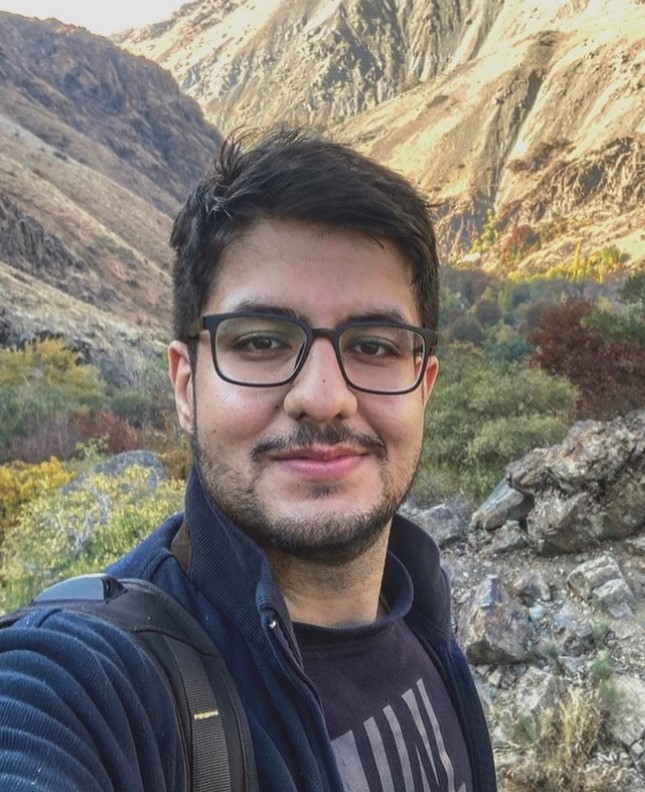

The laboratory endeavors to discover data-driven inference by developing artificial intelligence methods, particularly deep learning, graph neural networks (GNNs), and reinforcement learning (RL). Currently, these domains have shown promising performance in a diverse set of applications. Our mission is to enrich the theoretical building blocks and simultaneously exploring their applications within drug discovery and bioinformatics, computer vision, knowledge graphs, physical science, and robotics.
GNNs, for instance, have received increasing attention due to their superior performance in many node and graph classification/regression tasks. GNNs are neural networks that take graphs as inputs. These models operate on the relational information of data to produce insights not possible in other neural network architectures and algorithms.
Graphs are a ubiquitous data structure and a universal language for describing complex systems. In the most general view, a graph is simply a collection of objects (i.e., nodes), along with a set of interactions (i.e., edges) between pairs of these objects. For example, to encode a social network as a graph we might use nodes to represent individuals and use edges to represent that two individuals are friends. In the biological domain, we could use the nodes in a graph to represent proteins, and use the edges to represent various biological interactions.
The power of graph formalism lies both in its focus on relationships between points (rather than the properties of individual points) as well as in its generality.

Associate Professor

PhD, Tarbiat Modares University

MSc, Tarbiat Modares University

PhD, Kiel University, Germany

PhD, Concordia University, Canada

PhD, University College Dublin, Irland

PhD, Stockholm University, Sweden

PhD, University of Tehran